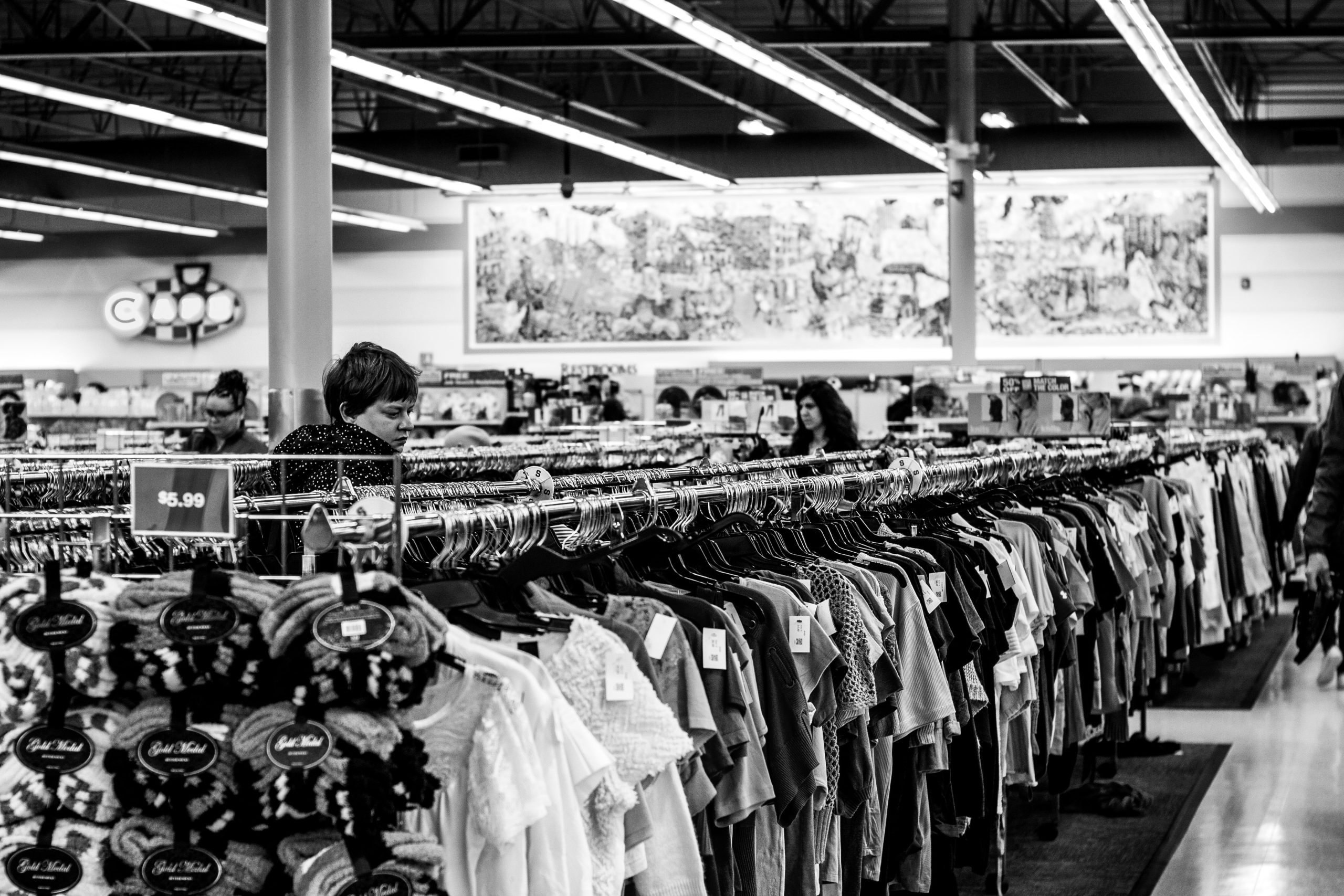Hyejune Park, Oklahoma State University and Cosette Marie Joyner Martinez, Oklahoma State University
A massive force is reshaping the fashion industry: secondhand clothing. According to a new report, the U.S. secondhand clothing market is projected to more than triple in value in the next 10 years – from US$28 billion in 2019 to US$80 billion in 2029 – in a U.S. market currently worth $379 billion. In 2019, secondhand clothing expanded 21 times faster than conventional apparel retail did.
Even more transformative is secondhand clothing’s potential to dramatically alter the prominence of fast fashion – a business … Read the rest


